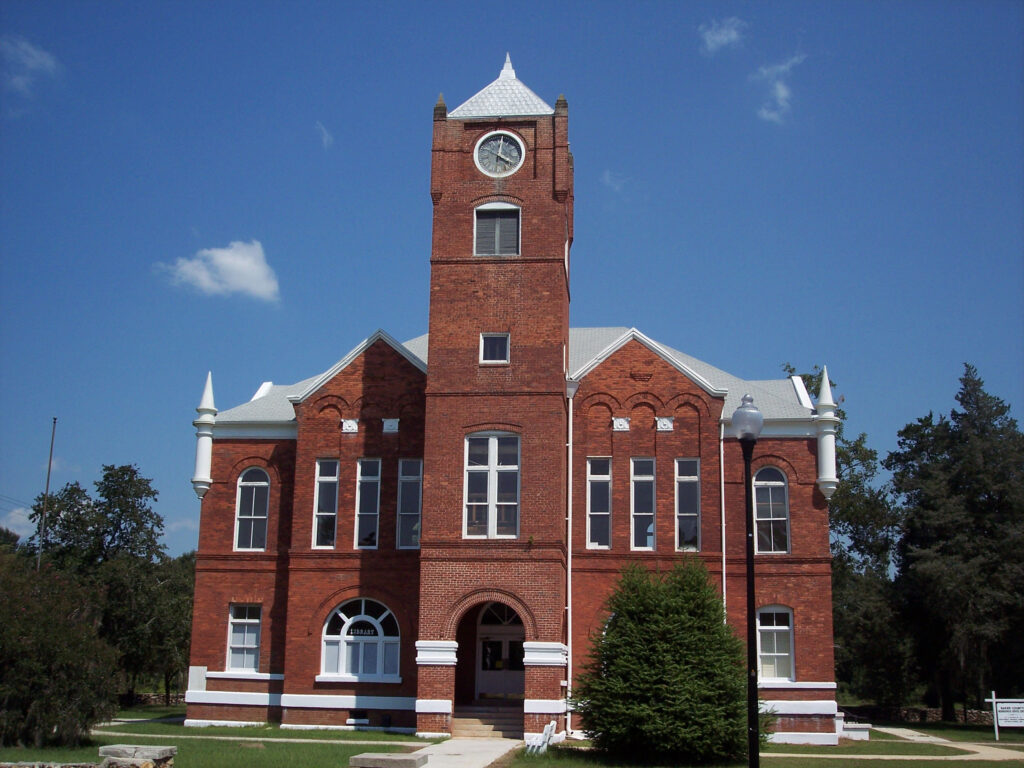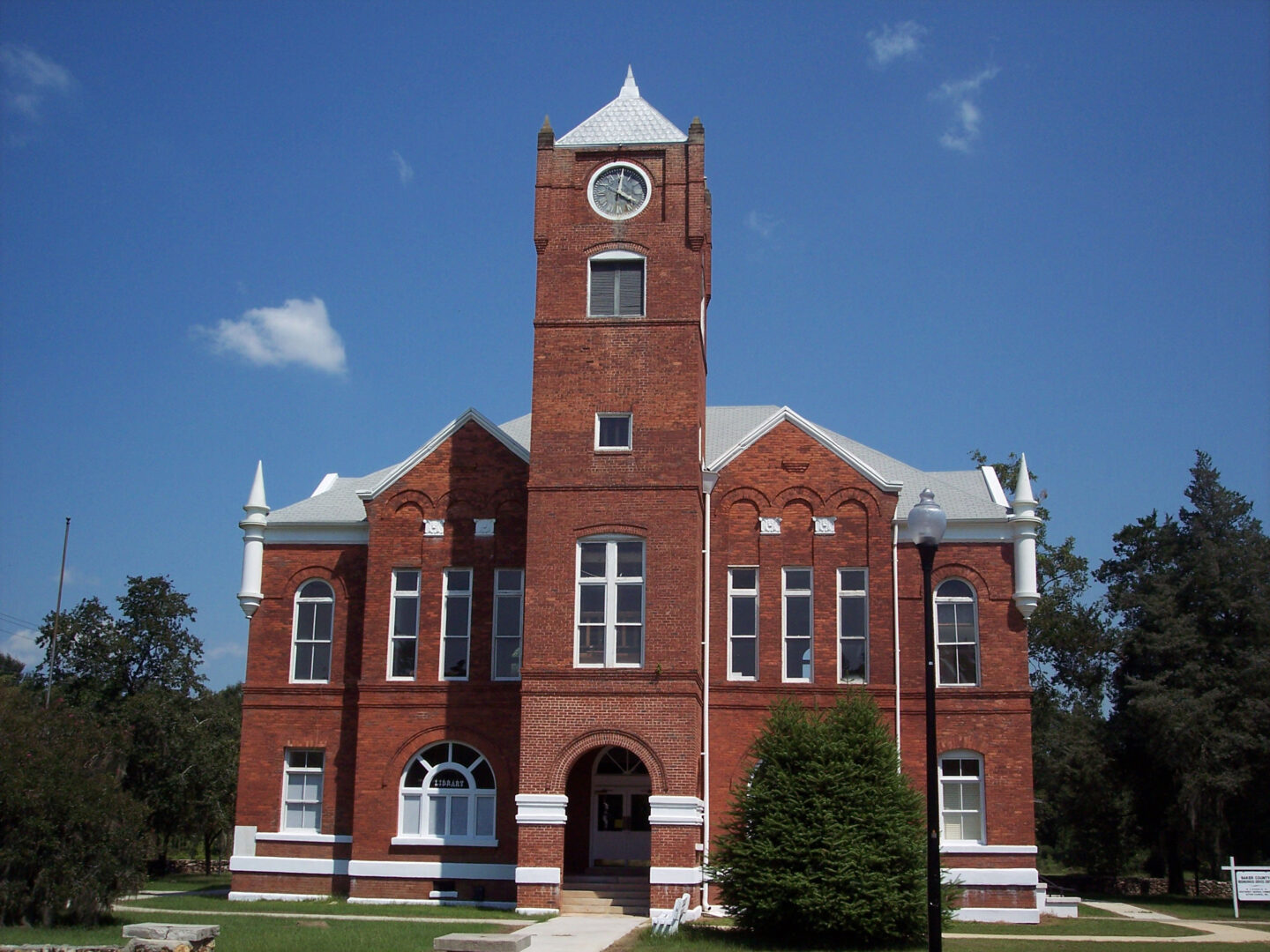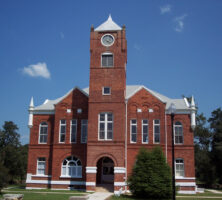Newton in southwest Georgia is the county seat of Baker County and the county’s only incorporated town. There are no large industrial plants or retail outlets in Newton, but the city and surrounding area harbor some of Georgia’s richest farmland, thanks to the Flint River that snakes through the region and five aquifers that run below the Baker County soil. According to the 2020 U.S. census, the population of Newton is 602.

In 1831 Newton was created to serve as the county seat. The town was named after John Newton, a sergeant during the Revolutionary War (1775-83). At that time of its creation, Baker County extended well beyond its current 343 square miles, and Newton founders located the town in the middle of the expansive county as a centralized location for court proceedings. But during the horse-and-buggy era, Newton’s central locality meant little to those who lived miles away on the county’s fringe areas. Some Baker County residents spent as many as three days traveling to Newton to attend court, leading to the decision to divide the county.
The Newton area is home to the Joseph W. Jones Ecological Research Center, a 29,000-acre outdoor research facility. The research facility largely comprises the grounds of the Ichauway Plantation, the former home of Robert Woodruff, chief executive officer of the Coca-Cola Company. While Woodruff inhabited the plantation, he brought famous friends to Baker County, including Ty Cobb and U.S. president Dwight D. Eisenhower. Woodruff also gave generously to the county, paying for the establishment of a health, mental, and primary care facility in the 1930s, when malaria outbreaks were rampant and Baker County residents had no local medical provider. Some years later, Woodruff also paid for the health care facility’s expansion.
The natural beauty of the Flint River adds charm and serenity to the Newton area, but residents also recognize the river’s destructive power. The original courthouse, built in 1900, suffered major flood damage in 1925 and again in 1929. When the Flint overflowed its banks in July 1994, and again in March 1998, water swallowed some parts of the town, particularly homes and other structures near the former Baker County courthouse. In 2000 the county remodeled a vacant school building as the new courthouse.






